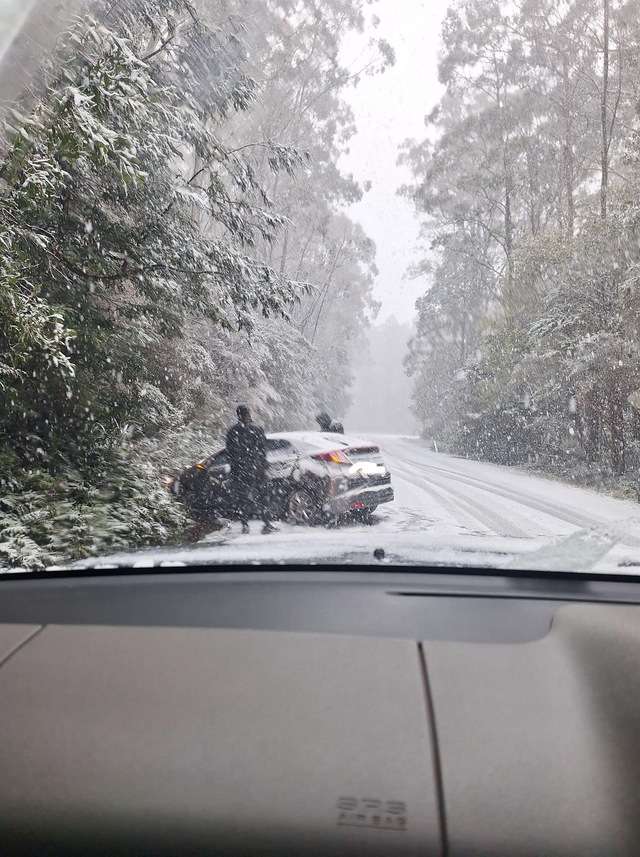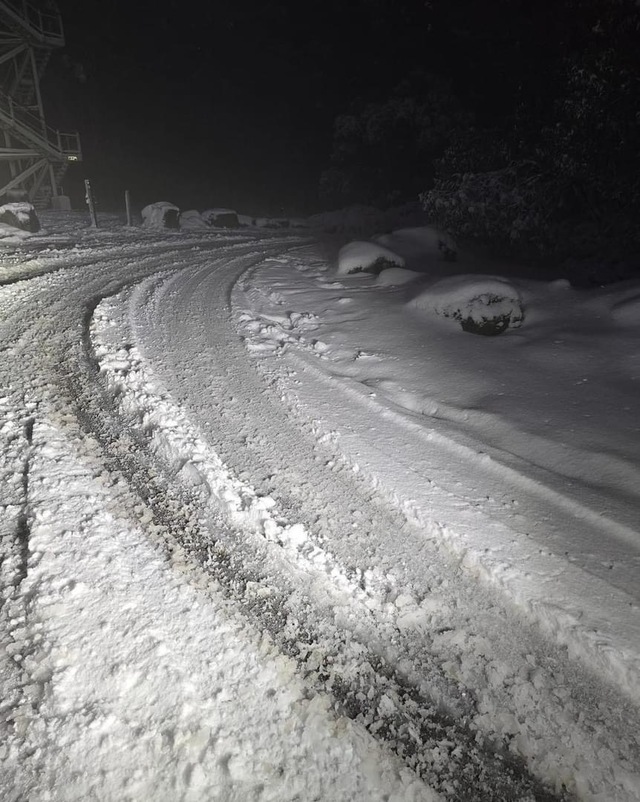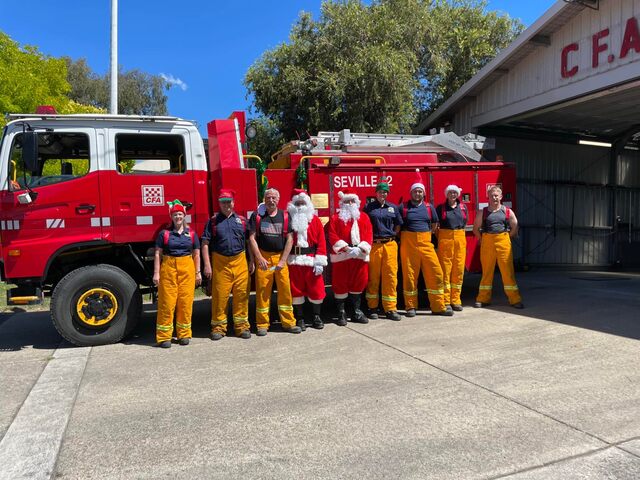While the sight of snow on Mt Donna Buang is exciting for locals and visitors alike, it’s important visitors are prepared before ascending the mountain.
After heavy traffic already caused delays in an incident involving a woman with a lower-body injury on Saturday 20 July, emergency services were again inundated with requests for assistance over the last weekend in July,
Upper Yarra SES Unit Controller Hannah Brunton said the lunacy over the weekend was insane.
“There were so many people heading up there, so many people that were completely ill-prepared with completely the wrong cars, no chains and not even the right clothing,” she said.
“People drown at the beach and at least they’re wearing bathers and they’re equipped for being at the beach but people go to the snow not realizing that you can die in the snow just as easily as you can in the ocean.”
Victoria Police and Ambulance Victoria personnel were called out alongside SES crews from the Upper Yarra, Lilydale, Marysville, Nillumbik and Alexandra units after a number of vehicles became stuck in the substantial snow.
Ms Brunton said on Saturday 27 July they were told that there were 40 to 50 people stuck on the mountain with temperatures plummeting.
“We know that these people are not going to be properly prepared for sleeping out in the snow so we had five different SES units, multiple police cars, a few ambulances, so many resources tied up to help these people,” she said.
“When we got there, there was only one vehicle that was stuck and some of the locals were helping to get it out so it was a complete waste of resources that thankfully weren’t needed somewhere else but if they had been, it would have been a disaster.”
Snow had fallen as far down the mountain as the Rainforest Gallery, about 9.5km from the summit and four-wheel drives were the only vehicles permitted to proceed. VicRoads also closed the road from the 10-Mile carpark to the summit.
Ms Brunton said upon their arrival, one car had become stuck with people in it and another was stuck and had been left there.
“It had come through to police multiple times from multiple people that there was people stuck up there and we had to just assume the worst,” she said.
“Before you visit, check online, read the resources about what the snow is like up there, make sure that you and your kids are wearing proper clothing and footwear,”
“Go in a vehicle that can actually withstand driving in the snow, either an all-wheel drive or a four-wheel drive and carry chains because though you may not need them, if by chance you do happen to need them at least you can get out.”
Parks Victoria encourages visitors to always pack extra warm layers, spare dry clothing, and plenty of food and water for a trip to Mt Donna Buang while also ensuring your vehicle has a full tank of petrol, blankets, a paper map/park visitor guide and a torch in case roads are closed or there are delays
To check whether the park is open and accessible, visit the Parks Victoria Change of Conditions pages for both the Yarra Ranges National Park or Mt Donna Buang, while the Warburton Waterwheel Information Centre may also be able to assist in town.
Departing early is also not always advised, as roads may not always be graded or be icy and dangerous.
Visitors are asked not to head up the mountain if it is becoming dark or when it is dark.
If your vehicle becomes stuck, stay with the vehicle and contact a towing company or if if the situation is life-threatening, call Triple Zero.
A Department of Transport and Planning (DTP) spokesperson said weather conditions in alpine areas can change rapidly, especially in winter, and it’s important to be prepared.”
“We remind drivers to check local weather conditions and the VicTraffic website for current road closures and black ice warnings before travelling,” they said.
DTP advice for driving in alpine areas include checking all tyres and lights are in good working condition, driving cautiously with gradual pressure on the accelerator to avoid wheel spin, avoiding sudden steering inputs, braking gently, avoiding unnecessary gear changes, maintaining a safe braking distance from vehicles in front especially in poor visibility and using headlights in low light conditions.








